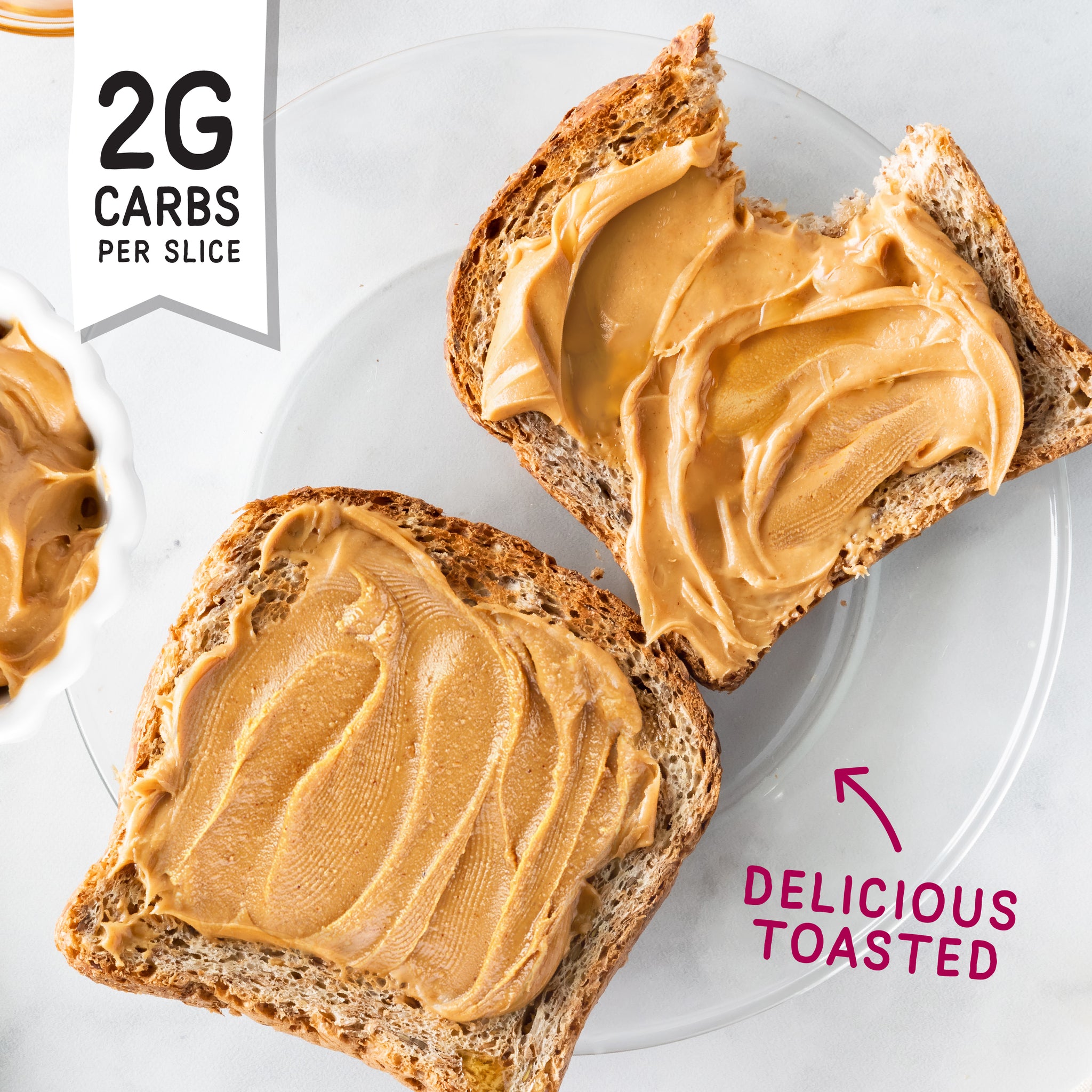Bread and the keto diet have long been viewed as incompatible. The traditional bread is made of refined wheat, and has a significant amount of carbohydrates. For those who are trying to keep ketosis, a small slice of regular bread could hinder progress by increasing blood sugar levels and causing the body burn more glucose rather than fat. This is one reason that many keto-followers abstained from bread and missed the convenience it provides to their daily meals. However, today, innovations in baking have altered the story of bread.

Image credit: fitbakes.co.uk
What Is Ketogenic Diet Bread Exactly?
Ketogenic diet isn’t only low-carb, it’s also strategically designed. Bakers replace carb-heavy grains like corn, wheat and rice with other components such as almond, flaxseed, or coconut meal. They mix eggs or plant-based protein for a bread that’s rich in nutrients, but is almost entirely carb-free. One of the most distinctive features is its high protein content, usually around 7 grams per slice. This makes it not only keto-friendly, but as well as a good option for eating disorders and muscle repair.
The seed content is also vital. The keto bread is filled with omega-3s as well as fiber due to seeds. These nutrients help to improve digestion, heart health and extend satiety. It helps keto-lovers feel fuller longer without feeling hungry. Keto bread is a healthier option to traditional low-calorie foods that sacrifice taste.
Blood Sugar Management: The role of Low Carb Bread
The lowest carb bread is more than a diet-friendly option it’s a powerful tool for metabolic health. The bread, which is comprised of just 1-2 grams of net carbohydrates per slice, aids in stabilizing blood glucose, reducing the risk of crashes, spikes and fatigue. For people with diabetes, this bread is not just convenient, it’s transformative. It offers the same sensory delight of eating bread as in addition to a safe sugar level, creating an unorthodox combination of comfort and control.
Low carbohydrate bread fits in perfectly with calorie-conscious plans. With 63 calories in a slice, it allows individuals to indulge in hearty sandwiches or breakfast toast with no guilt. It is a great solution for those trying to lose weight. It can satisfy cravings and keep carbs and calories in check.
Bread on Keto: An Practical Everyday Solution
Keto bread is no anymore a sign of compromise. It’s an opportunity. Avocado toast served on seeded Keto bread is an excellent breakfast that is healthy and provides proteins, fats and fiber. Lunches at work can include turkey and cheese sandwiches with no excess carbs. Even meals like garlic bread are feasible if you make use of low-carb breads.
One of the greatest benefits of ketogenic breads is their versatility. It’s not a once-in-a-while treat–it’s an everyday staple that makes keto living practical. This allows you to include it in your daily meals, and eliminate the stifling that many feel when they begin a diet.
Why Keto Bread Is the Future of Healthy Eating
Beyond keto, these breads are influencing the future health-conscious diets. The high fiber content along with plant-based protein and omega-rich seeds are ingredients that are beneficial to anyone and not just those who are cutting out carbs. Keto bread is appealing to overweight, diabetics, and athletes people and people who are simply seeking a healthier option over white bread.
Keto bread is a new type of baking, in contrast to diet trends that are only temporary. It offers long-term health benefits, while also solving an issue that is practical: how to eat bread without the carbs.
The article’s conclusion is:
The keto diet is not a war. Because of technological advances ketogenic bread enables people to indulge in the pleasure of a piece of cake without affecting your ketosis. People can now enjoy their bread, toast and snacks with the lowest-carbohydrate bread available. Bread on keto is much more than just an option. It is now the basis of modern nutrition, bridging comfort food and healthy living.
